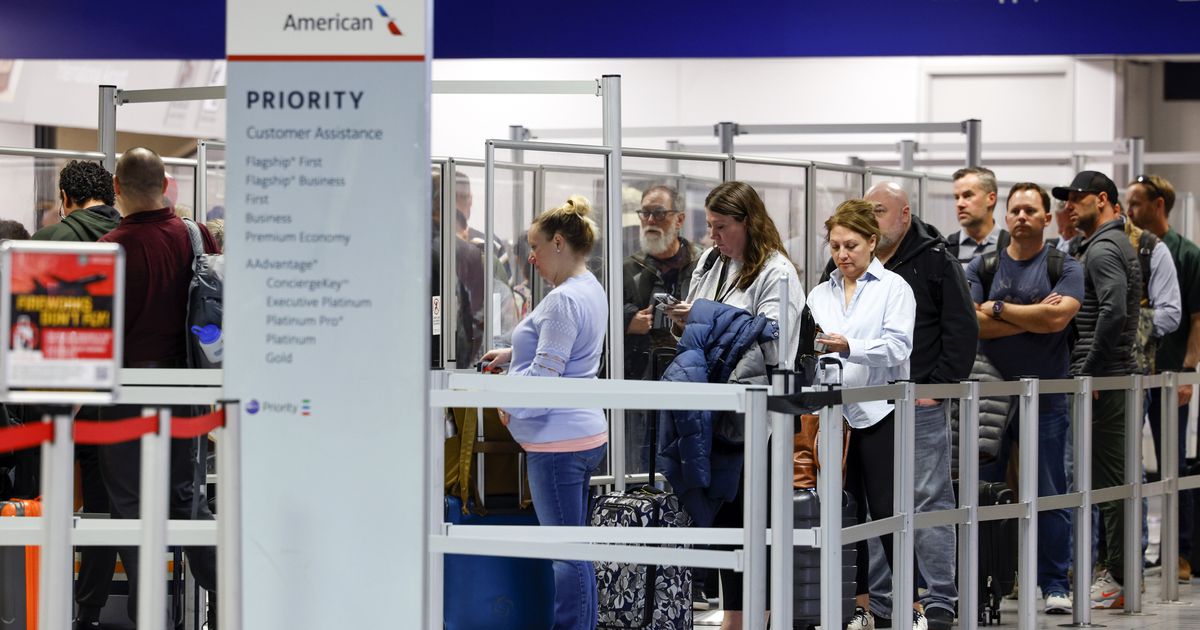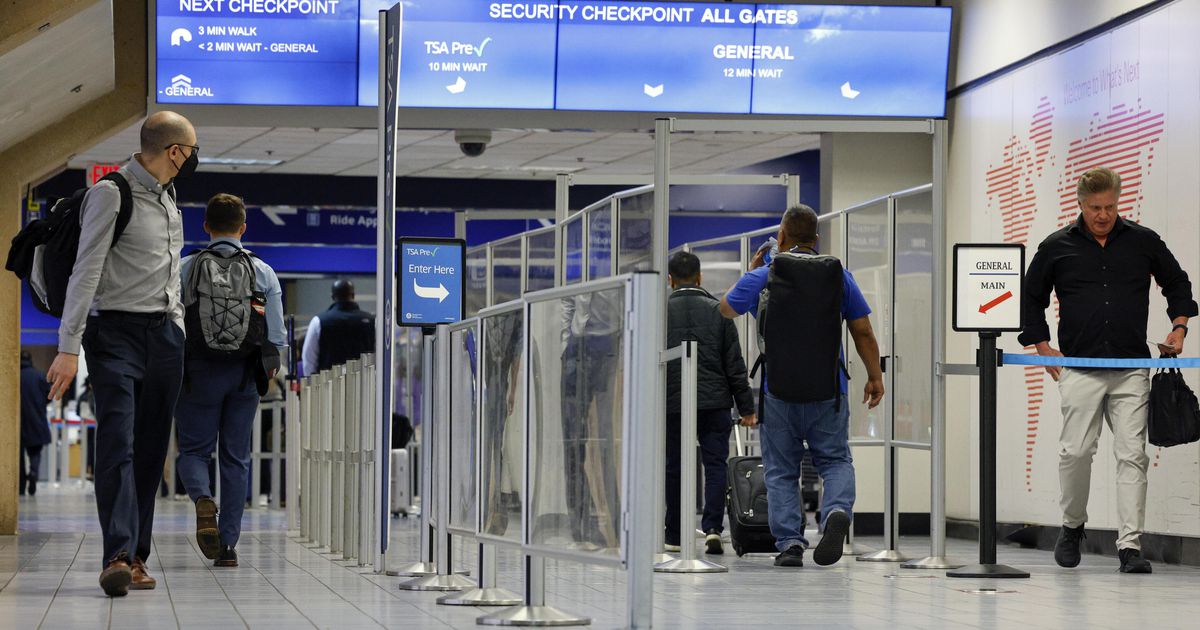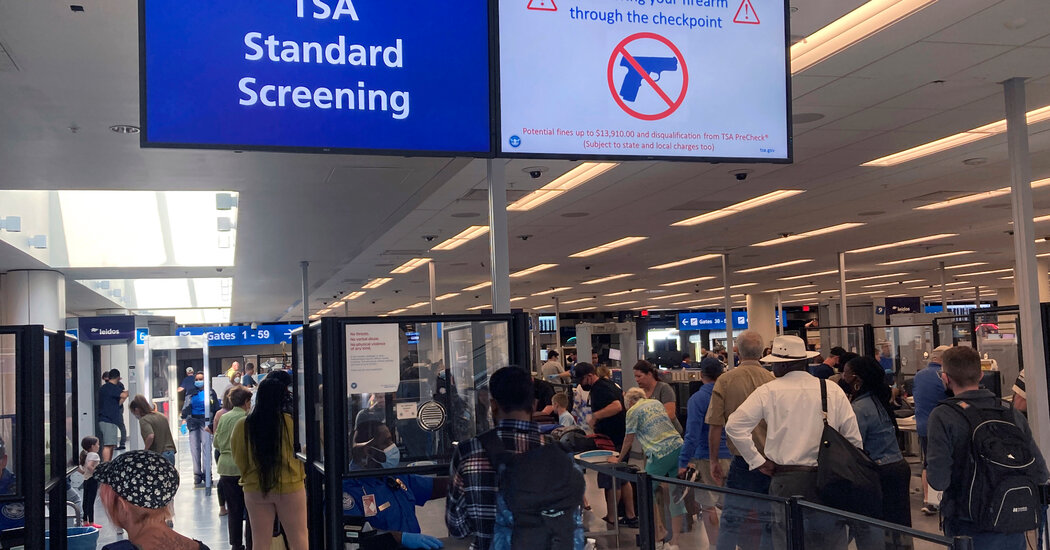Airports can be safe and less chaotic when dealing with security threats
You are comfortably seated at Gate A11 waiting for your flight to board, coffee in hand, when the loudspeaker announces that your terminal must be evacuated due to a security issue. At that point, thousands of people scurry to the exit, where they gather outside the terminal until the Transportation Security Administration determines what happened, why it happened, and eventually, that the security threat has been resolved before allowing people to re-enter the terminal.
The cause of such events is varied. It may be that a person entered the sterile side of the terminal unscreened, such as through a fire door. It could be a bag that was not appropriately screened, as what happened at San Diego International in August 2022. It could be a bomb threat, which occurred at San Francisco International in July 2022. It could be something as benign as an unattended bag, which led to a terminal evacuation at JFK International in July 2022. It could also be a technical error, such as what happened recently at DFW International Airport.
U.S. airports are not alone. On June 29, a passenger entered the sterile side of the airport via a fire door at Gatwick Airport, outside London. This required all passengers to be evacuated, including some who had already boarded their plane for departure, creating what was described as “chaos” in managing the rescreening process.
When any type of event occurs that compromises airport security, the ripple effect creates an endless stream of turmoil. It could impact light rail public transportation, which brings passengers to and from the airport and may need to be halted while the security breach is resolved. It impacts airport concessions, particularly food outlets, which must also evacuate, leaving food items unattended that will need to be discarded upon their return.
It obviously impacts the airlines, which must reschedule and re-accommodate the thousands of passengers on the flights that are delayed or canceled.
However, the biggest threat may be to the thousands of people who must gather outside the airport terminal, waiting for the security breach to be resolved. This often takes hours,…




